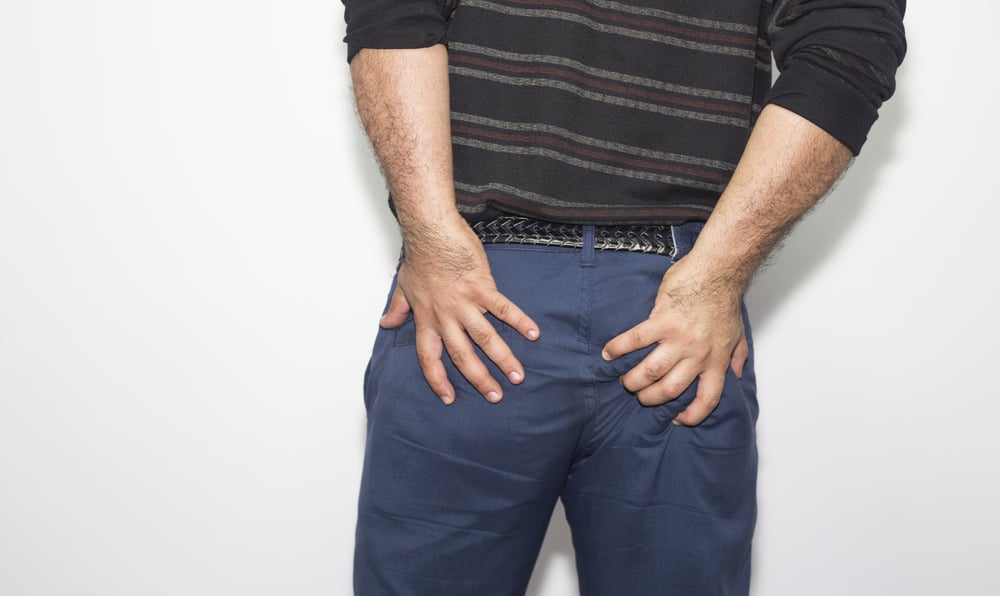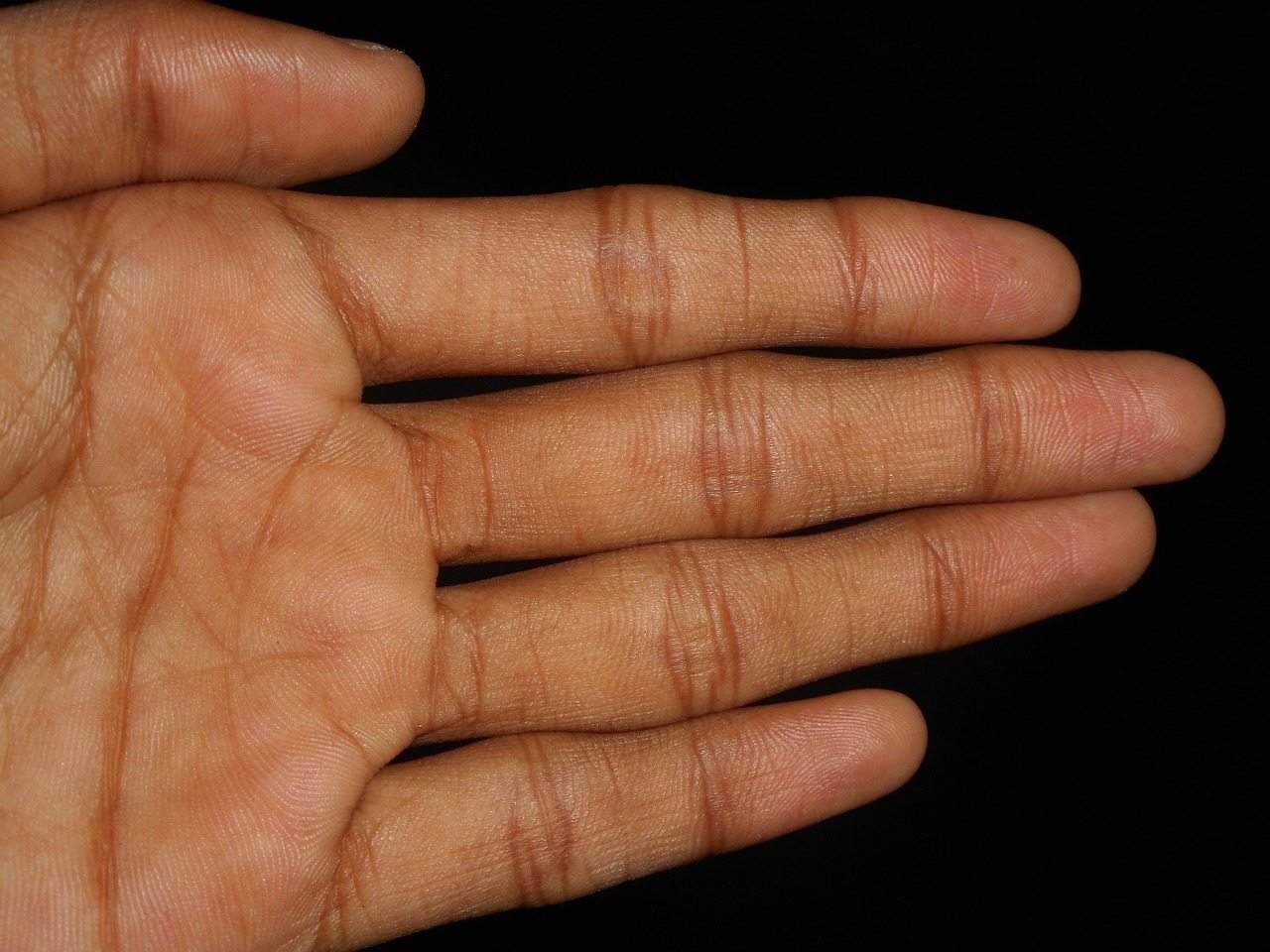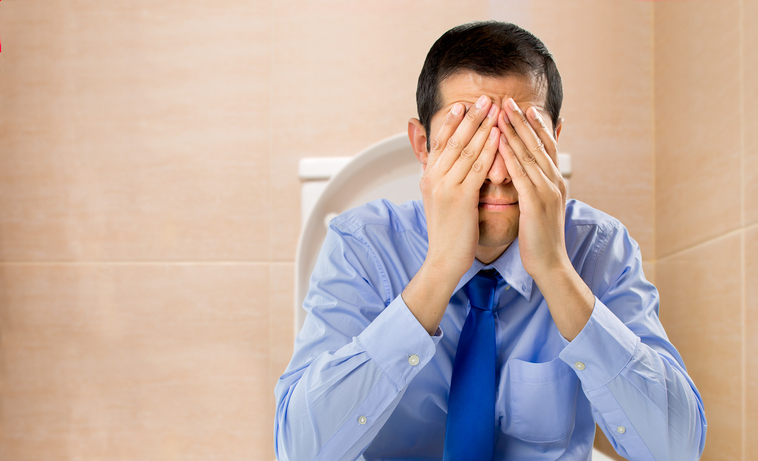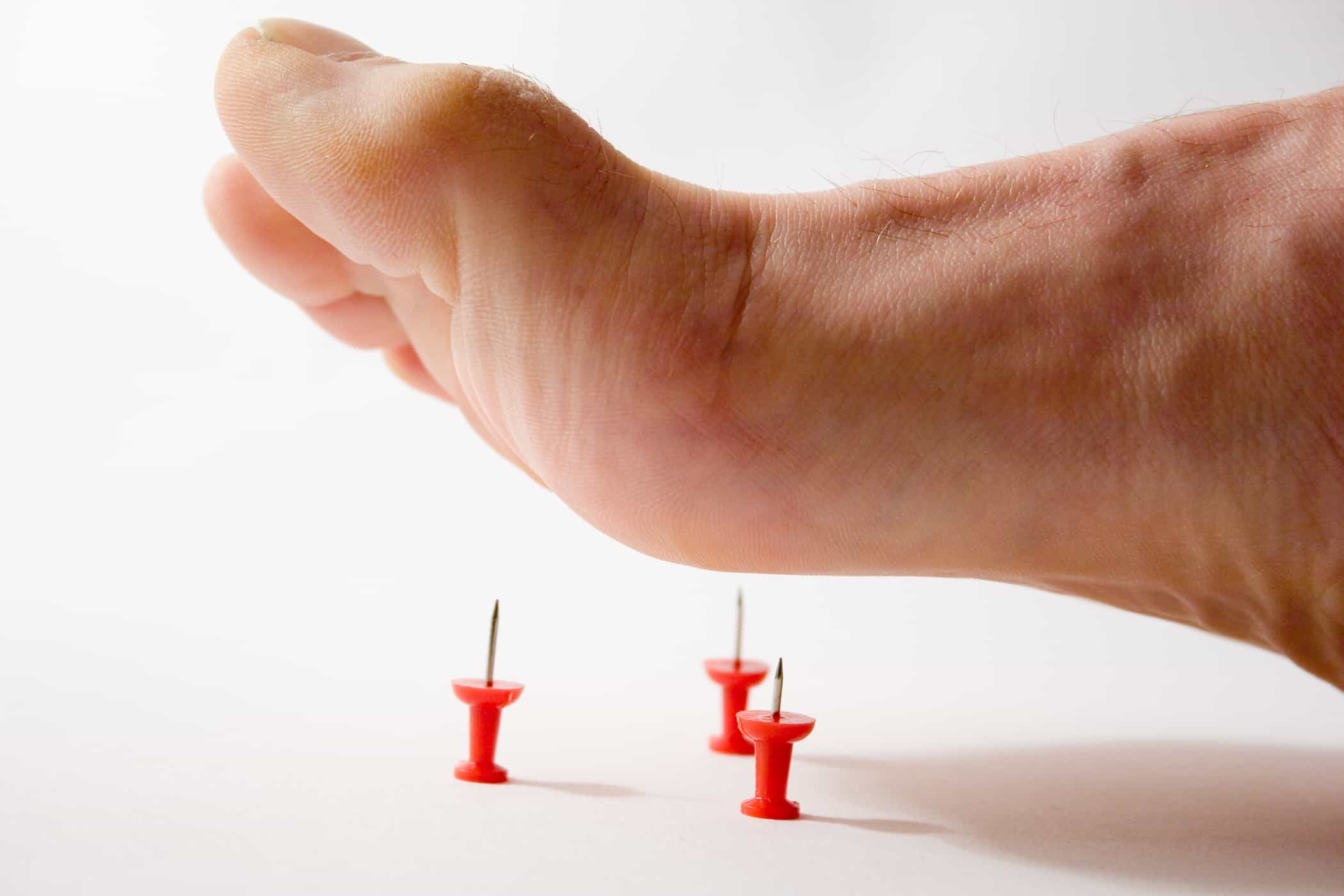Contents:
- Medical Video: Hemorrhoid Removal (Hemorrhoidectomy)
- Various ways to treat hemorrhoid
- 1. Healthy lifestyle
- 2. Sitz bath
- 3. Medicine
- 4. Use a pillow
- 5. Maintain cleanliness of the anal area
- 6. Compress cold water
- 7. External hemorrhoidal thrombectomy
- 8. Rubber band ligation
- 9. Injections (sclerotherapy)
- 10. Coagulation with infrared, laser or bipolar
- 11. Operating procedure
Medical Video: Hemorrhoid Removal (Hemorrhoidectomy)
Hemorrhoid or hemorrhoids can be caused by various things, such as consequences push too hard, or sitting too long. Generally, hemorrhoids are harmless and can heal on their own or can be cured with appropriate treatment. There are several options for treating hemorrhoids, ranging from simple to surgical procedures.
Various ways to treat hemorrhoid
1. Healthy lifestyle
Consume high fiber food and drink 8-10 glasses of water per day can help you deal with hemorrhoid symptoms. That way, bowel movements are softer and regular, so that it will help you avoid tension that can worsen hemorrhoid symptoms.
You can get foods that contain high fiber from fruits, vegetables, and seeds. Add fiber to your food slowly to avoid problems with gas.
Regular exercise can also help prevent hemorrhoid symptoms getting worse. Do simple exercise such as brisk walking for 20-30 minutes every day.
2. Sitz bath
The Sitz bath is a warm bath by soaking your anus area in warm water. Soak for 10-15 minutes, 2-3 times a day and do it regularly.
Sitz bath can help reduce inflammation and swelling due to hemorrhoid. Make sure you dry the anal area properly after completing the sitz bath. This is done to minimize moisture that can disrupt the skin around the anus.
3. Medicine
One way to treat hemorrhoids is quite popular with drugs. Your doctor may recommend creams, ointments, or suppositories (given by insertion into the anal opening). This product contains ingredients such as hydrocortisone and lidocaine which can reduce itching, pain, or swelling.
The doctor may also give painkillers such as aspirin, ibuprofen, and paracetamol. This can be taken temporarily to help relieve your pain. Painkillers should not be consumed in the long term.
4. Use a pillow
Sit on soft pads, not on hard surfaces. This will relieve swelling due to hemorrhoids and can help prevent the formation of new hemorrhoids.
5. Maintain cleanliness of the anal area
Keep the anal area clean by showering every day. Gently clean the skin around your anus and preferably with warm water. Also make sure your anus area isn't too moist. Avoid using tissues that contain alcohol or perfume.
6. Compress cold water
Compress with ice wrapped in a clean towel or compress with cold water in your anus area, especially when the pain is recurring. This can reduce swelling and pain.
7. External hemorrhoidal thrombectomy
If a painful blood clot (thrombosis) forms inside an external hemorrhoid, your doctor will do a simple incision and drainage, to remove blood clots. This procedure is most effective within 72 hours after the development of a blood clot.
8. Rubber band ligation
The doctor will tie one or two small rubber bands in the area around the internal hemorrhoid to cut off the blood flow. Without blood flow, the hemorrhoid will be released after a week of carrying out this procedure.
How to treat hemorrhoids this one is effective for many people and does not require anesthesia. Patients can return to normal activities the next day.
Discomfort, pain, and bleeding may appear 2-4 days after performing this procedure. However, this rarely causes severity.
9. Injections (sclerotherapy)
In the procedure of treating this hemorrhoid, a special chemical solution will be injected into the hemorrhoid tissue to reduce it. This injection will relieve pain by making the nerve endings numb at the injection site. After about one and a half months, the size of the hemorrhoid will shrink or shrink.
10. Coagulation with infrared, laser or bipolar
Coagulation techniques using laser or infrared light can be done to burn hemorrhoid tissue. This procedure serves to cut off the blood flow.
However, this procedure can also make the hemorrhoid reappear (relapse) when compared to the rubber band ligation procedure. In addition, this procedure can cause a slight discomfort.
11. Operating procedure
Hemorrhoid surgery will be recommended if you have gone through all the ways to treat hemorrhoid but it doesn't work. Hemorrhoid surgery will be performed for large external hemorrhoids and internal hemorrhoids that have come out of the rectal wall to the anus. There are two hemorrhoid surgery procedures, namely:
Hemorrhoidectomy
Hemorrhoidectomy is the most effective way to treat severe and recurrent ambient. Hemorrhoidectomy will remove excess tissue that causes bleeding. This hemorrhoid surgery can be done under local anesthesia combined with sedatives, spinal anesthesia, or general anesthesia.
Most people will experience pain after this hemorrhoid surgery. You can take painkillers to overcome them. Recovery time is usually around 2 weeks, but may take around 3-6 weeks for normal activities.
Hemorrhoidopexy
Hemorrhoidopexy (also referred to as stapling) is a procedure of pinning the hemorrhoid out of the rectal wall (rectum) into the anus so that it can return to its place in your rectum and cut off the blood flow so that the tissue will shrink and be absorbed again.
The recovery time for hemorrhoid surgery is faster than hemorrhoidectomy. You can also return to work faster, which is about seven days after the operation to treat this hemorrhoid. The procedure is not too painful.












